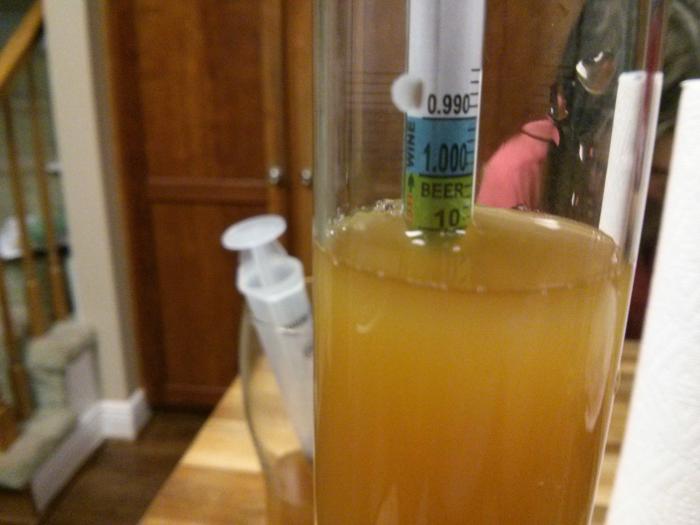CSI - CandiSyrup
Well-Known Member
So its ok to stop primary fermentation early? Lets say the beer can ferment down to 1.010 and you stop it at 1.013 by crashing and or moving vessels. I was under the assumption that after sugar is consumed the yeast clean up off flavors. Is this true?
Sent from my iPhone using Home Brew
Assuming the target FG has been reached. A primary crash is not ideal but better than over-attenuation.



